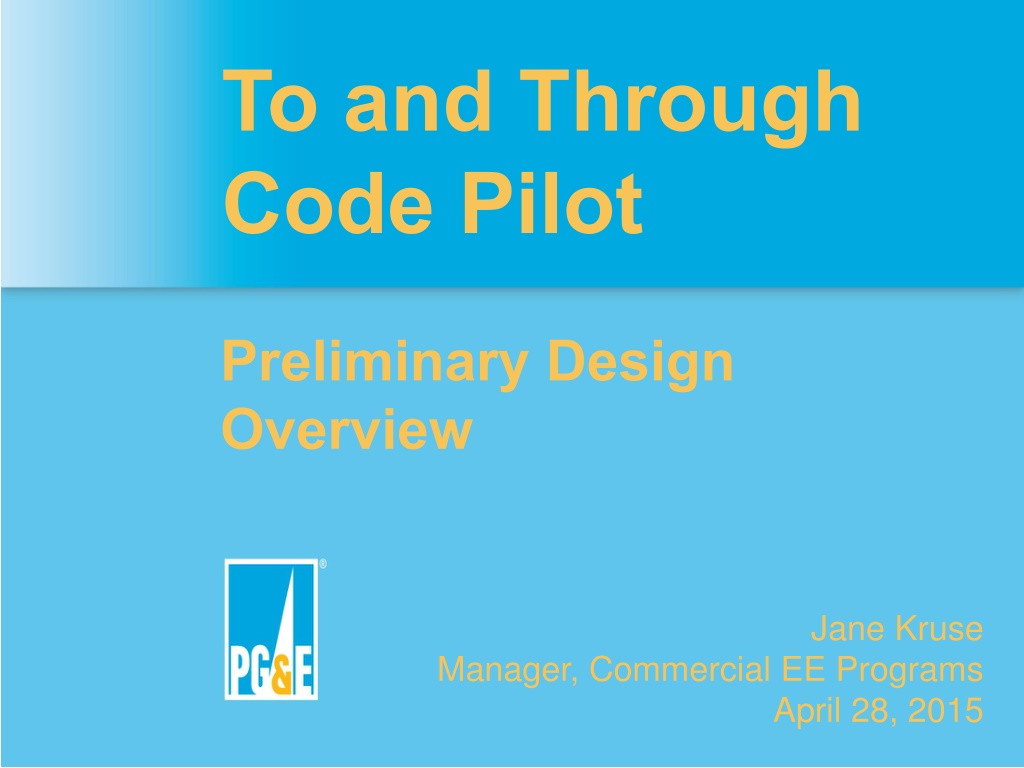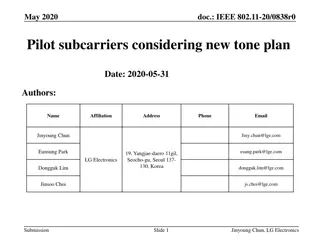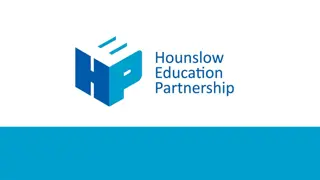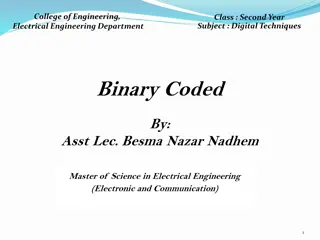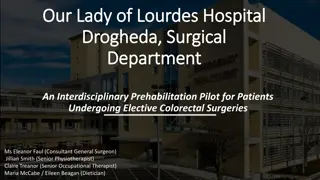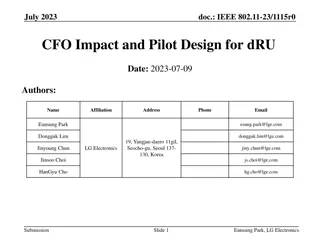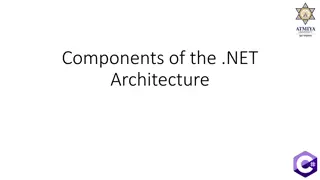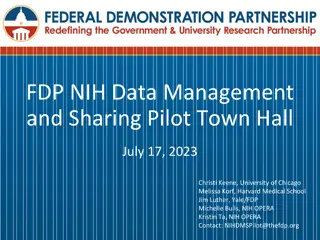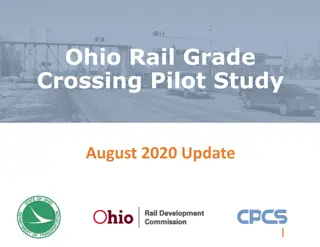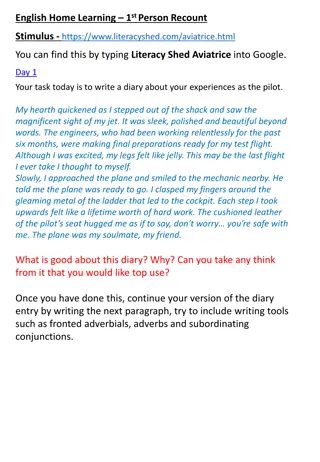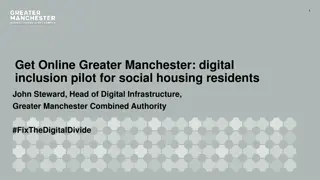To and Through Code Pilot Design Overview
In this design overview presented by Jane Kruse, the focus is on the To and Through Code Pilot program aimed at improving energy efficiency in small to medium-sized commercial facilities. The pilot targets specific market sectors and geographies, leveraging existing relationships for implementation and outreach. Proposed savings calculations involve detailed engineering reviews for accurate estimation and verification of energy savings. The overall goal is to understand and enhance energy-saving opportunities through strategic program implementations.
Download Presentation

Please find below an Image/Link to download the presentation.
The content on the website is provided AS IS for your information and personal use only. It may not be sold, licensed, or shared on other websites without obtaining consent from the author.If you encounter any issues during the download, it is possible that the publisher has removed the file from their server.
You are allowed to download the files provided on this website for personal or commercial use, subject to the condition that they are used lawfully. All files are the property of their respective owners.
The content on the website is provided AS IS for your information and personal use only. It may not be sold, licensed, or shared on other websites without obtaining consent from the author.
E N D
Presentation Transcript
To and Through Code Pilot Preliminary Design Overview Jane Kruse Manager, Commercial EE Programs April 28, 2015
About PG&E Regulatory Context D.14-10-046 directed IOUs to stand up to-code pilots to: Understand the extent to which there is below-code equipment that is not getting replaced quick enough through natural turnover of existing programs Assess whether cost-effective ratepayer-funded programs can be developed to target this equipment when PAs receive savings credit and customer incentives are made available based on to-code, in addition to through-code savings Up to $1 million incentives to cover to code savings Control and treatment groups within similar customer cohorts Target duration: 1 year 2
About PG&E To and Through Code Pilot Hypothesis: Projects that use existing conditions to estimate energy savings and calculate incentives generate greater uptake and energy savings than those projects where measurement of savings and incentives are limited to above code and/or industry standard practice. 3
Pilot Design Targeted Duration Q2 2015 Q2 2016 Market Sector Small to medium-sized commercial facilities with a year of usage history (e.g., grocery, office buildings, retail) Geography Multiple zip codes to facilitate clean control group Technologies/Measure Mix Limited measure mix (lighting, HVAC and/or refrigeration) Implementation & Outreach Approach Leverage existing program implementer and installer relationships Use same sales approach for both Control and Treatment Groups Coordinate with PG&E s account reps to control for sales bias 4
Pilot Design, continued Proposed Savings Calculations Leverage site-specific engineering calculations to estimate savings and incentive up front Use billing analysis on back end to verify savings estimates Proposed Engineering Reviews Require robust pre-installation data collection agreed upon by stakeholders Dedicated Implementer and PG&E reviewer for post-installation quality assurance on all projects 5
Experiment Framework EM&V Approach Randomized controlled trial using billing analysis Working with E2E at Haas to support development of evaluation and implementation plan to assess: What is the impact of to-code incentives on program uptake? What is impact of varying incentive levels on program uptake? Treatment 1 Treatment 2 Control Incentive Based on savings from existing condition to installed Based on savings from code to installed Based on savings from code to installed Incentive Rate Level A Level B Level A 6
Next Steps Estimated Date Description Baseline Workshop Pilot Stakeholder Webinar File Pilot Advice Letter To-Code Pilot Launch April 2015 May 2015 May/June 2015 June/July 2015 7
